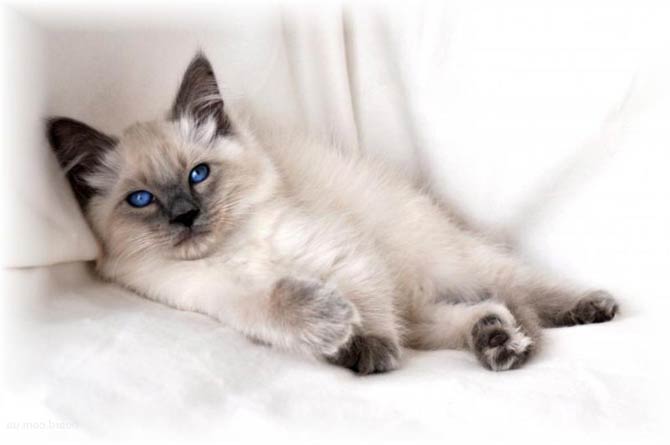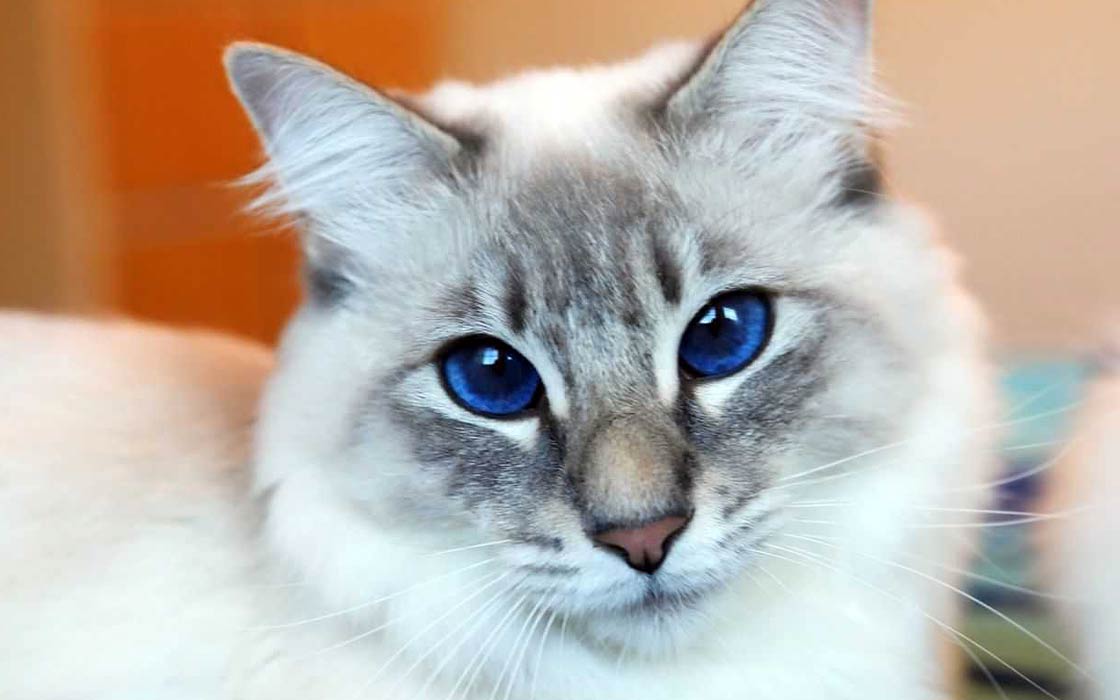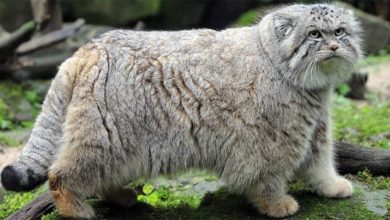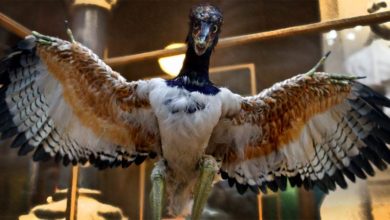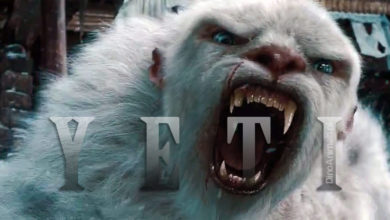Balinese cat – purebred long-haired Siamese
It is called a long-haired Siamese cat because of its appearance and disposition. The Balinese cat cannot be denied spontaneity, but also tenderness and intelligence. Watching a walking Balinese cat, you can think of beautiful dancers from Bali, whose delicate, alluring movements hypnotize and delight. The Balinese cat is an original animal that brings joy and love to the house.
FIFe classification
- Category IV: Oriental cats
- EMS code: BAL
- Other names: Long-haired Siamese, Thai Siamese cat
- Country of origin: United States
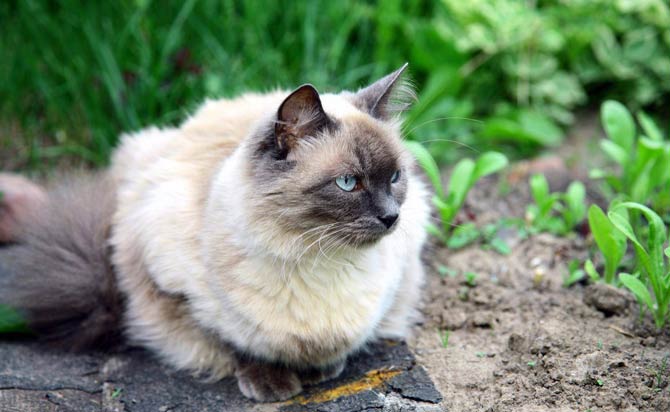
History of the breed
World War I brought with it a lot of destruction and loss. As a result of armed conflicts, many breeds of dogs and cats stood on the brink of extinction. It was similar to the Siamese cat. Breeders tried everything to save the breed. They began crossing breeds that might be best suited to the parents of the new Siamese cat. As a result of Siamese crosses, long-haired cats started to appear in litters. At first, the CFA rejected the “misfits”, but in 1928 it changed its mind, registering a new breed of Long-haired Siamese cats.
With the advent of the next war, several breeders decided to avoid the risk of the extinction of the new breed in advance. Three breeders: Marion Dorsey, Helen Smith and Sylvia Holand began working together to maintain the new breed. As you can guess, however, the breeders of traditional Siamese cats were not satisfied that the new breed was referred to by the same name. To avoid tensions and misunderstandings, Helen Smith called it a long-haired Balinese cat – perhaps after dancers from Bali. Both long-haired Siamese cats and Balinese artists were distinguished by grace, charm and lightness of movements.
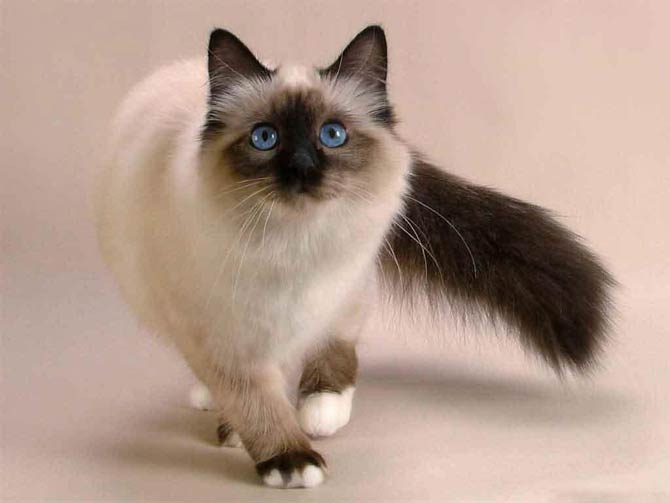
Characteristic
Appearance
Today, there are two types of Balinese cats (a similar situation occurs in Siamese cats). The “modern” type has a wedge-shaped head, a long snout, and long, widely spaced ears. The body is slightly more elongated than that of the “traditional” variety, which is characterized by a more rounded head and a shorter muzzle, as well as slightly smaller ears. Both types, however, have fine bones, long limbs and tail, almond-shaped eyes, and pointed ears. The “traditional” type has a longer coat.
Color
Although the Balinese cat is called the Longhair Siamese cat, its coat is rather medium length. Soft and silky to the touch, it is devoid of the fluffy undercoat, characteristic of most long-haired breeds.
Balinese’s tail should resemble a plume or a mane, as it is covered with long hair.
Within the breed, you can find mainly colourpoint cats (the same as Siamese cats). Kittens with this color are born completely white or cream. Only after approx. 4 weeks, the hair begins to darken on the face, legs and tail. However, it has been noticed that cats from colder climates are darker than their tropical counterparts. The color of the irises, on the other hand, ranges from light blue through sapphire to purple. The saturation of eye color may slightly change with age or depending on the diet.
Apart from the black and white color, there are also chocolate, blue, lilac and red varieties.

Temperament
In terms of disposition, the Balinese cat is considered by many to be the twin brother of the Siamese cat. It loves the company of people, wants to be needed and often follows its owner step by step. It can often get underfoot, so it is not a very good companion for people who walk with a cane or on crutches. When the owner sits down, the cat eagerly jumps on his lap, while at night it will try to sleep in the bed under the duvet, with its head on the pillow.
It does not seem as rowdy as a Siamese cat, but both breeds are just as stubborn. The Balinese cat will persistently show its feelings and emotions, expecting the owner to finally fulfill its desires.
The Balinese cat is a chatterbox among cats – it likes to communicate with both family members and guests.
It shows high intelligence, fitness and agility. All three of these features are effectively used while playing, which it even loves. Entertainment is one of the most important activities of a Balinese cat. It very much needs physical and mental stimulation, so it is worth having cat toys and scratchers – the Balinese cat is very fond of climbing.
This cat can fetch, walk on a leash and learn various tricks. It should not be left alone without any activity. For if we do not provide it with entertainment, it will provide it for itself, which may end up in demolished knick-knacks, an unrolled roll of toilet paper, unbuttoned curtains, etc.
The Balinese cat is a loving, wise, affectionate cat, but also nosy, confident, stubborn and rather loud. While it can be left alone while working, it requires a lot of attention when you return home. Therefore, it is intended for people who are happy, energetic, tender and who like to spend time with their pet.
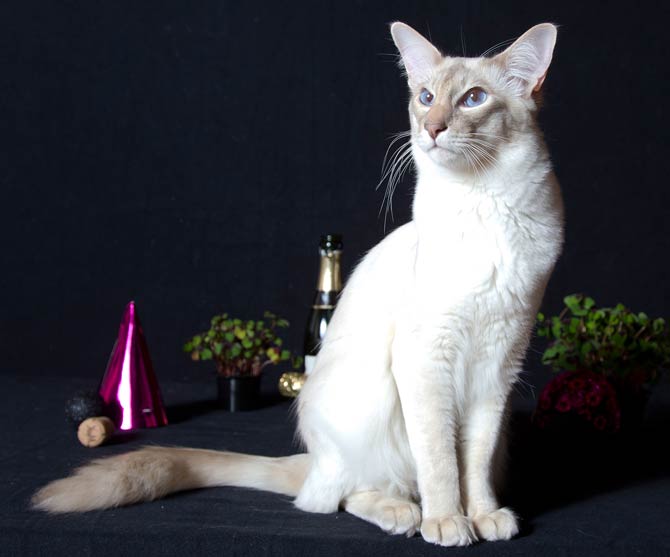
Health
There are several diseases within the breed – some of them may be genetic. Many of them are related to the relationship with Siamese cats.
The following diseases are found in Balinese cats, among others:
- bronchial diseases, mainly asthma
- Congenital heart disease, such as aortic stenosis
- amyloidosis
- cross-eyes
- lymphomas
- nystagmus – neurological disorders that cause involuntary movement of the eyeballs
- genetic retinal atrophy
- a neurological disorder causing excessive cleaning of the hair, leading to alopecia. Symptoms of the disorder may increase when the cat is cuddled or petted.
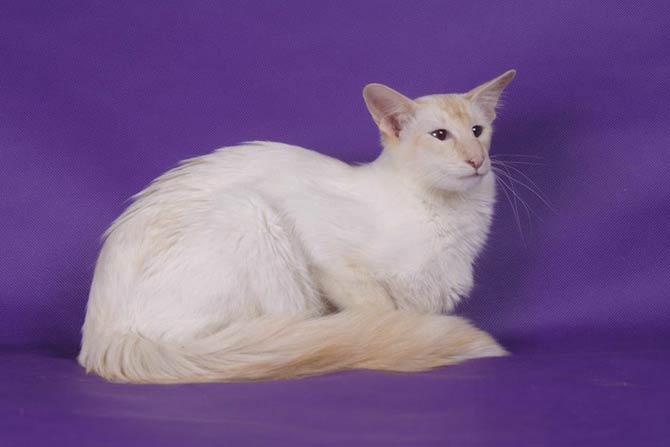
Detailed data / dimensions
Balinese cat
- Body length: 60 cm (23.6 in)
- Weight: 2-4 kg (4.4 – 8.8 lb)
- Lifespan: 9-15 years
Balinese cat – interesting facts
- The offspring of two Balinese cats will have longer hair than cats with Siamese and Balinese parents.
- Colors other than those included in the article classify the cat into a separate breed – Javanese.
